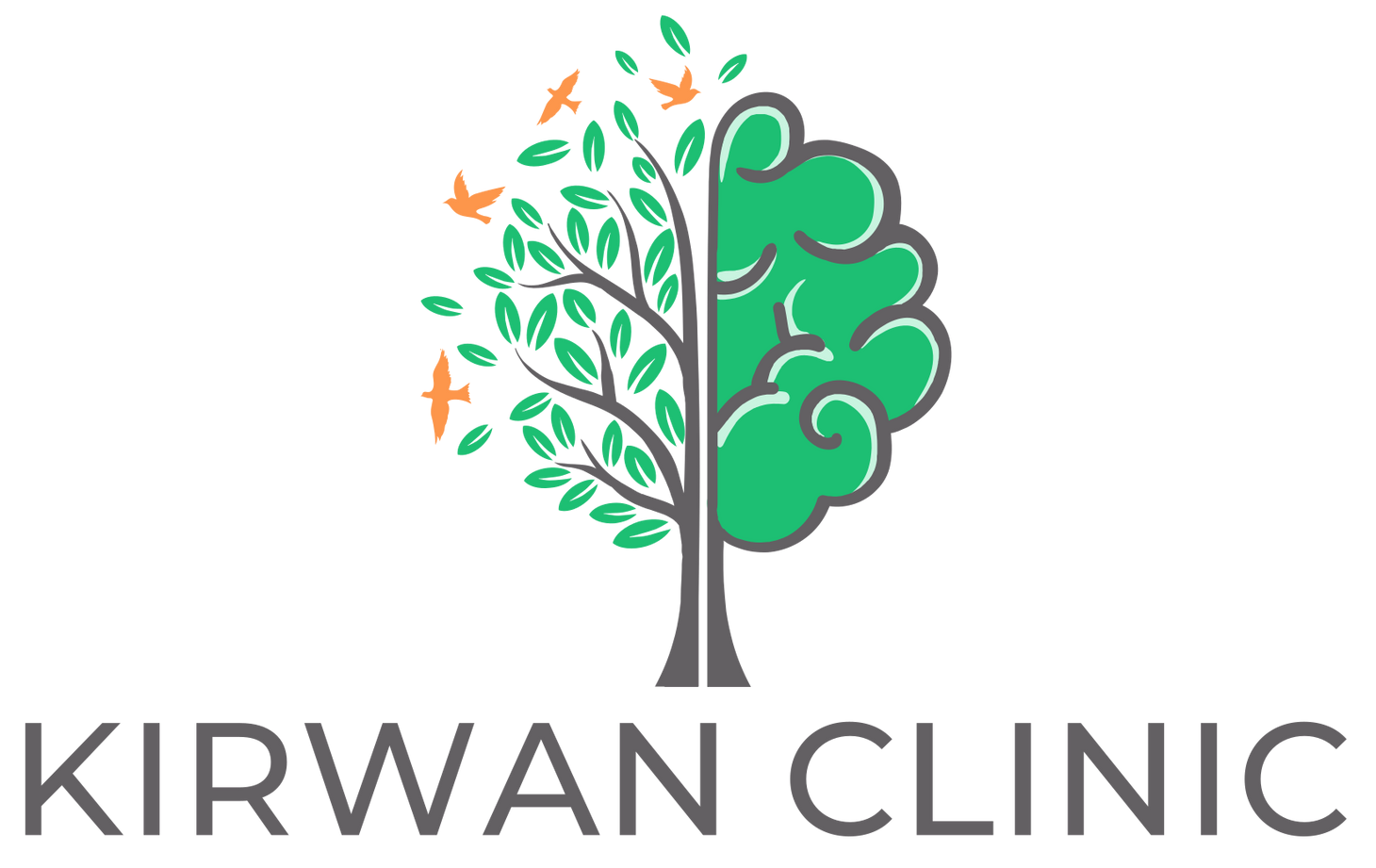Intellectual Disability
What is Intellectual Disability?
Intellectual Disability (ID) is a condition that affects a person’s cognitive functioning and adaptive behaviours, making it difficult to learn, reason, problem-solve, and carry out everyday activities. It typically originates before age 18 and varies in severity from mild to profound.
People with ID may struggle with academic skills, communication, social interactions, and independent living. The condition is diagnosed through standardised intelligence tests and assessments of adaptive functioning.
Impact of Intellectual Disability on Anatomy and Health
While Intellectual Disability primarily affects cognitive abilities, it can also impact physical and overall health. Some individuals with ID may have associated medical conditions, such as:
- Neurological Differences – Structural brain abnormalities or differences in brain development may exist.
- Delayed Motor or Language Development – Some individuals may have poor coordination or slower physical development, or they may have delays in their ability to speak and communicate.
- Increased Risk of Chronic Health Issues – People with ID are more prone to conditions such as epilepsy, obesity, diabetes, and cardiovascular diseases.
- Sensory Processing Issues—Some individuals may be more sensitive to or less sensitive to sensory stimuli, affecting their ability to respond to their environment.
- Shorter Life Expectancy in Severe Cases – Depending on associated conditions, those with profound ID may have a reduced lifespan due to complex medical needs.
Causes and Risk Factors for Intellectual Disability
Intellectual Disability can have multiple causes, including genetic, environmental, or acquired. Often the exact cause isn’t known, however.
Among the most common known causes are:
- Genetic Disorders – Down syndrome, Fragile X syndrome, and Prader-Willi syndrome are genetic conditions that lead to ID.
- Birth Defects and Brain Malformations – Problems in brain development during pregnancy can cause significant cognitive impairments.
- Prenatal Exposure to Toxins – Alcohol, drugs, and infections like rubella or cytomegalovirus can damage the developing brain.
- Birth Trauma or Oxygen Deprivation – Difficulties during delivery, such as prolonged lack of oxygen (hypoxia), can result in brain damage.
- Postnatal Brain Injuries – Severe head injuries, near-drowning incidents, or infections like encephalitis and meningitis can lead to ID.
- Malnutrition and Lack of Early Stimulation—Poor nutrition and a lack of cognitive stimulation during infancy and early childhood can contribute to developmental delays.
- Other Neurological or Developmental Differences - Conditions such as Epilepsy and Autism may be associated with ID in severe cases.
Symptoms of Intellectual Disability
- Cognitive Impairments – Difficulty with problem-solving, reasoning, and learning new information and concepts.
- Delayed Development – Late milestones in speech, walking, and motor skills.
- Communication Challenges – Difficulty expressing thoughts, understanding language, or following instructions.
- Social and Emotional Difficulties – Challenges in making friends of the same age, recognising social cues, or managing emotions.
- Limited Adaptive Skills – Trouble with daily activities like dressing, hygiene, money management, transport, and independent living.
- Behavioural Issues – Some individuals may exhibit repetitive behaviours, impulsivity, or difficulty adjusting to change.
Types of Intellectual Disability
1. Severity-Based Classification
Intellectual Disability is categorised into four levels based on IQ scores and functional abilities:
- Mild Intellectual Disability (IQ 50–70)
- Slower cognitive development but can learn academic and practical skills with support.
- May live independently with minimal assistance.
- Moderate Intellectual Disability (IQ 35–49)
- Limited academic ability; requires structured learning programs.
- Can develop basic self-care and communication skills but may need lifelong support.
- Severe Intellectual Disability (IQ 20–34)
- Significant delays in motor and communication skills.
- Requires ongoing supervision for daily activities.
- Profound Intellectual Disability (IQ below 20)
- Minimal ability to communicate and perform daily tasks.
- Needs round-the-clock care and support.
2. Cause-Based Classification
- Genetic Disorders – Conditions like Down syndrome, Fragile X syndrome, and Prader-Willi syndrome.
- Metabolic Disorders – Phenylketonuria (PKU) and other metabolic conditions affecting brain development.
- Prenatal Factors – Fetal Alcohol Syndrome, maternal infections, or toxin exposure affecting brain formation.
- Perinatal and Postnatal Causes – Birth trauma, infections, or injuries leading to cognitive impairment.
3. Syndromic vs. Non-Syndromic ID
- Syndromic ID – Occurs with other physical abnormalities or medical conditions (e.g., Down syndrome).
- Non-Syndromic ID – Occurs without other distinct physical characteristics.
Intellectual Disability at Different Life Stages
The presentation of ID can be viewed in developmental stages, affecting different aspects of life at different times:
1. Early Childhood Stage (Birth to 5 Years)
- Delayed milestones in speech, walking, and motor skills.
- Difficulty responding to stimuli, social cues, and environmental interactions.
2. School-Age Stage (5 to 18 Years)
- Struggles with academic learning, memory, and reasoning.
- Difficulty with social interactions, emotional regulation, and adaptive behaviours.
- May need special education programs or individualised learning strategies.
3. Adulthood Stage (18+ Years)
- Some individuals achieve independence, while others require long-term care.
- Ongoing support for employment, daily living, and social integration.
- Health risks, including mental health conditions and mobility issues, may arise.
Diagnosis of Intellectual Disability
Diagnosing ID involves a comprehensive assessment of cognitive functioning and adaptive behaviour. The process includes:
1. Clinical Evaluation
- A healthcare professional reviews medical history, developmental milestones, and family background.
- Observation of the individual's ability to communicate, socialise, and perform daily tasks.
2. IQ Testing
- Standardised intelligence tests measure cognitive ability, such as the Wechsler Intelligence Scale for Children (WISC) or the Stanford-Binet Intelligence Scales.
- An IQ score below 70 indicates potential ID, but diagnosis is not solely based on IQ.
3. Adaptive Functioning Assessment
- Measures practical, social, and conceptual skills needed for daily life.
- Tools like the Vineland Adaptive Behavior Scales (VABS) and the Adaptive Behaviour Assessment System (ABAS) assess personal independence.
4. Medical and Genetic Testing
- Brain imaging (MRI, CT scans) – Detects structural abnormalities.
- Blood tests & genetic screening – Identifies conditions like Down syndrome or metabolic disorders.
Management of Intellectual Disability
There is no cure for ID, and it is usually hard/unlikely for somebody with an ID to ‘catch up’ to the average person in terms of IQ. However, early intervention and supportive therapies can improve quality of life. Treatment focuses on:
1. Educational Support
- Special education programs within mainstream school are often available, providing a curriculum and social network tailored to the individual's needs.
- Individualised Education Plans (IEPs) in schools are available to enhance cognitive skills.
- For some children, a specialised schooling environment is the best way to provide access to the learning support, modified curriculum, and everyday vocational/functional skills they need.
2. Speech and Occupational Therapy
- Speech therapy improves communication and language development.
- Occupational therapy enhances motor skills and daily living activities.
3. Behavioral Therapy and Social Skills Training
- Helps individuals manage emotions, build social relationships, and develop problem-solving skills.
- Social skills training will often be used to practise particular social skills, such as introducing yourself, sharing information in conversation, and recognising teasing/bullying.
- Linking in with an NDIS intellectual disability provider will give the person access to skills training and the chance to connect with a group of people who have a similar level of function.
4. Medical and Nutritional Interventions
- Treatment of associated conditions like epilepsy, ADHD, eating, or anxiety disorders.
- Nutritional support for conditions affecting brain development.
5. Vocational Training and Independent Living Support
- Training in daily life skills to help individuals transition to independent, semi-independent, or supervised living.
- Job training and employment assistance to enhance workplace participation. There are many specialist job agencies for individuals who have intellectual disability.
6. Family and Carer Support
- Caring for someone with an Intellectual Disability requires time, energy, education, and dedication.
- To prevent carer burnout, it is often necessary to arrange for time off, and potentially also the chance to connect with others in a similar position.
- There are a variety of organisations set up to support not only the person with Intellectual Disability but also their family/carers.
Intellectual Disability is a lifelong condition, but early intervention, structured education, and therapy can significantly improve cognitive, social, and practical skills. Individuals with ID can lead fulfilling and meaningful lives within their communities with proper care, and they can enjoy satisfying and enriching relationships with friends/family/partners.


